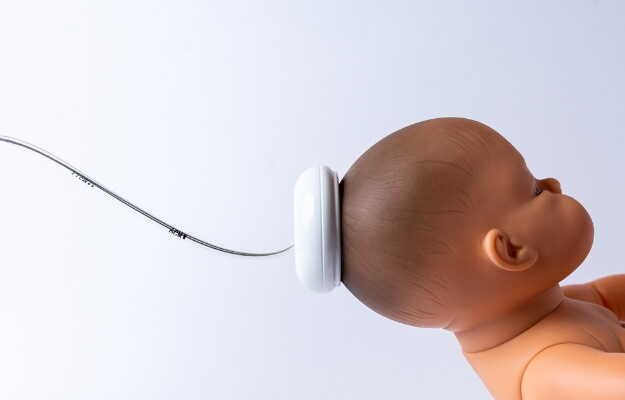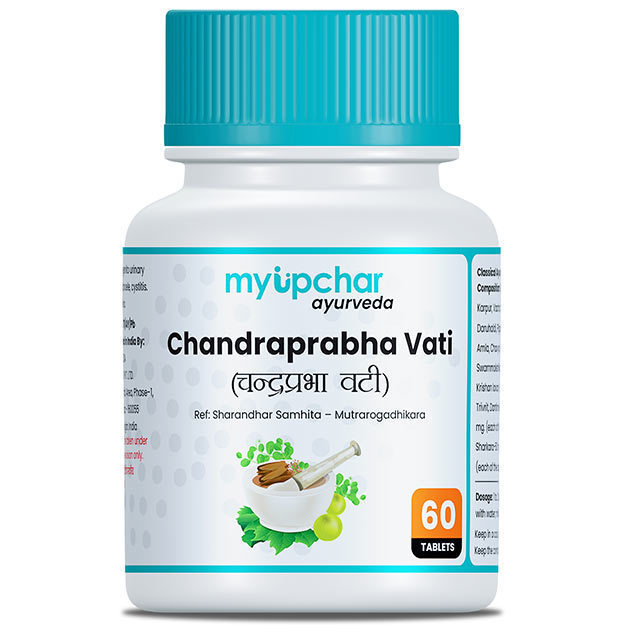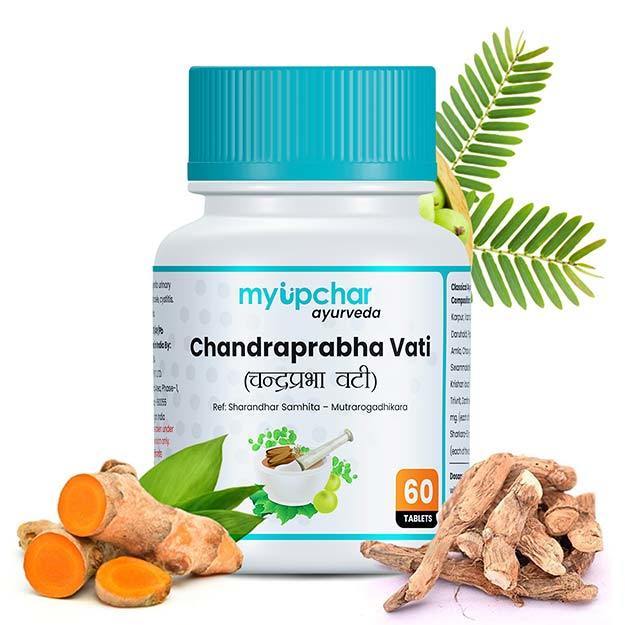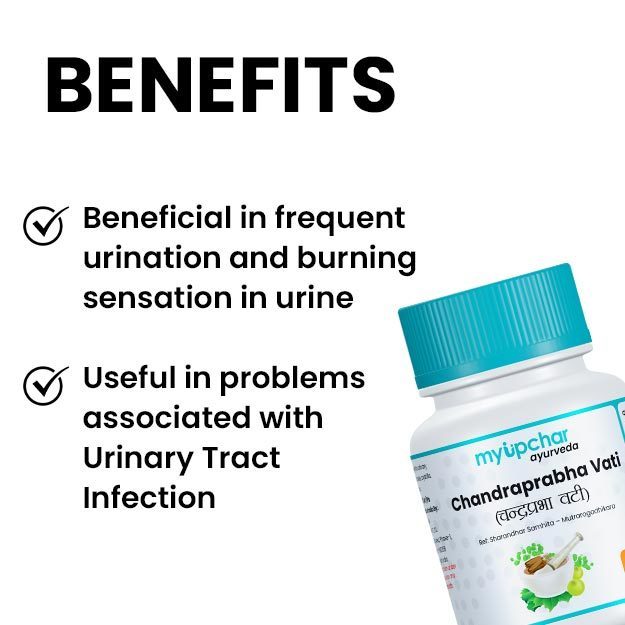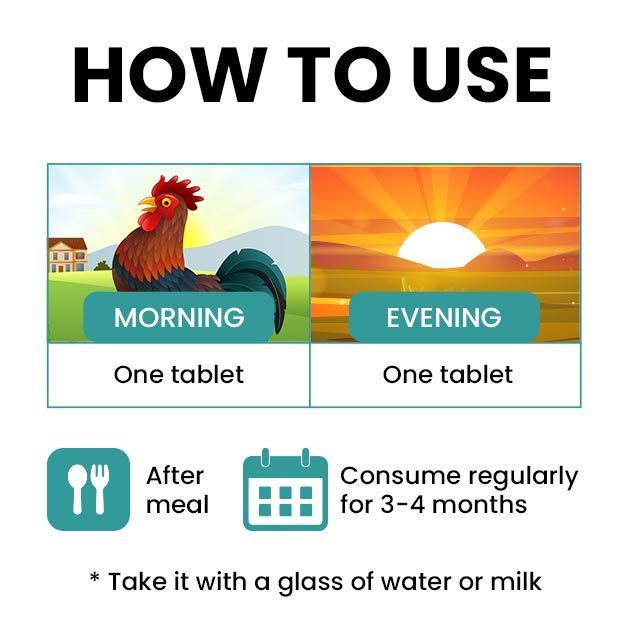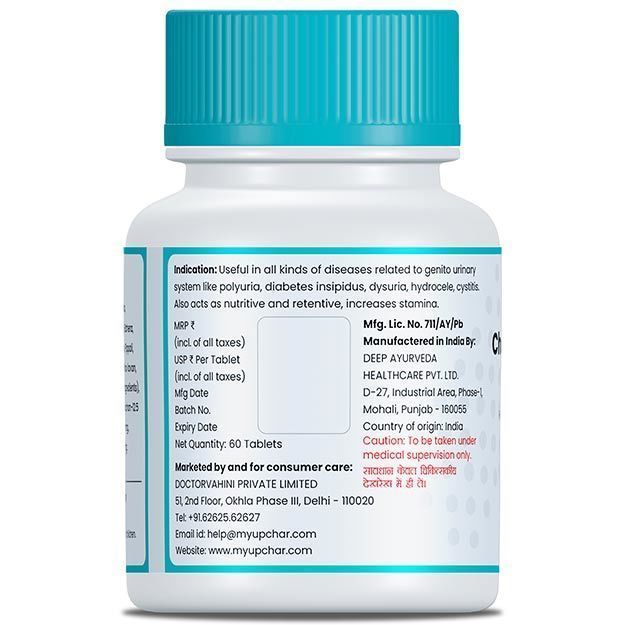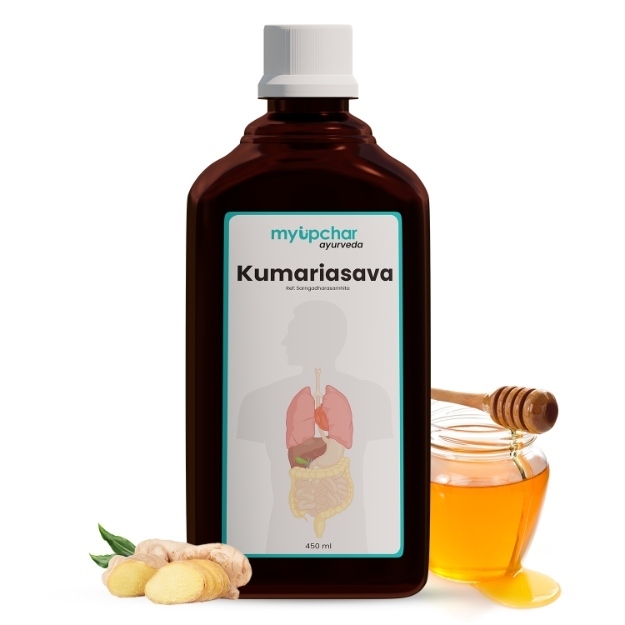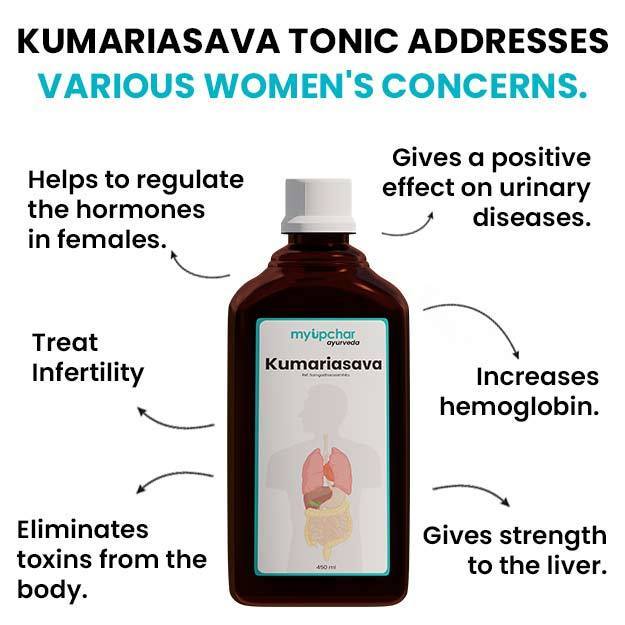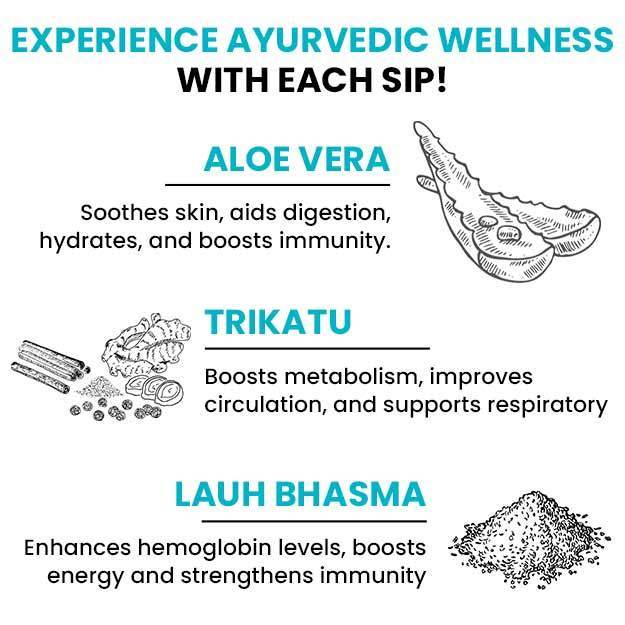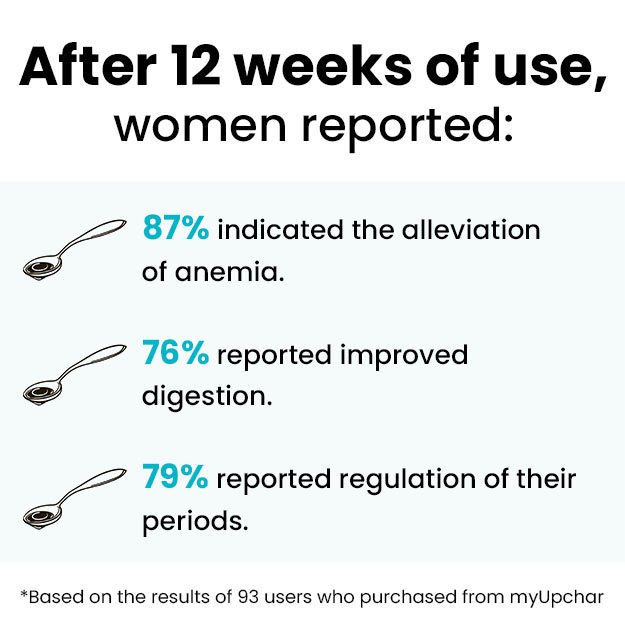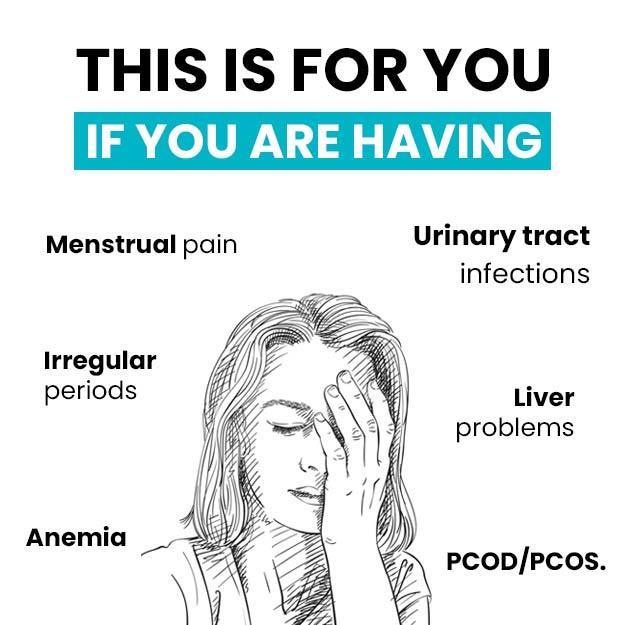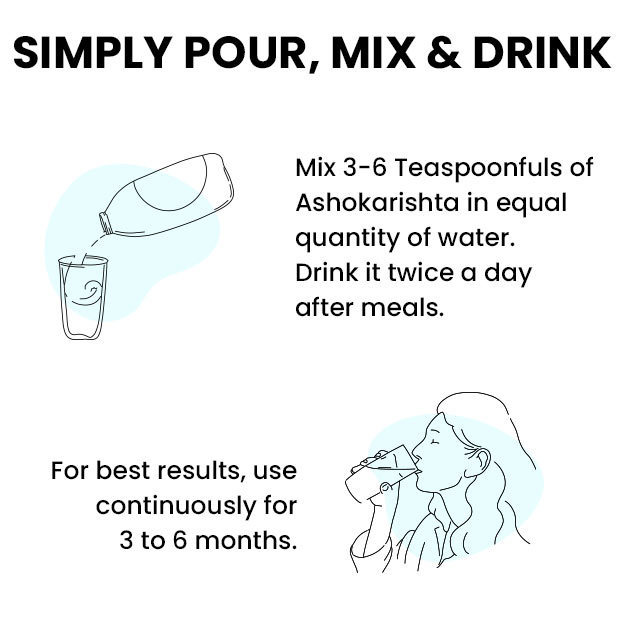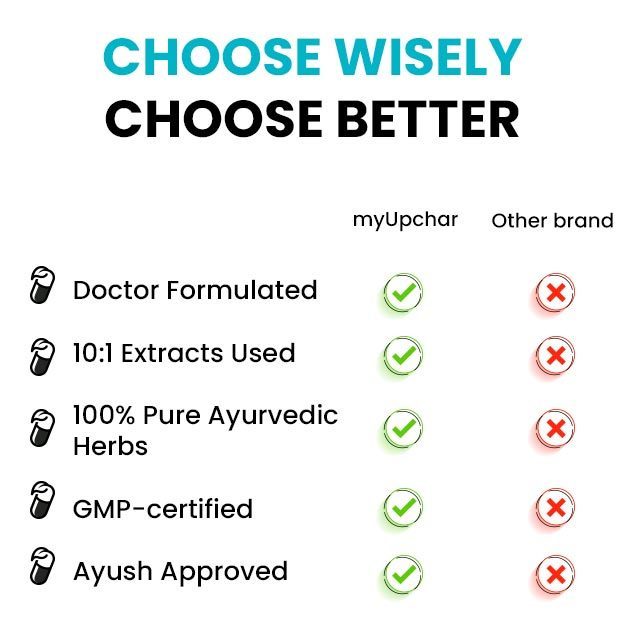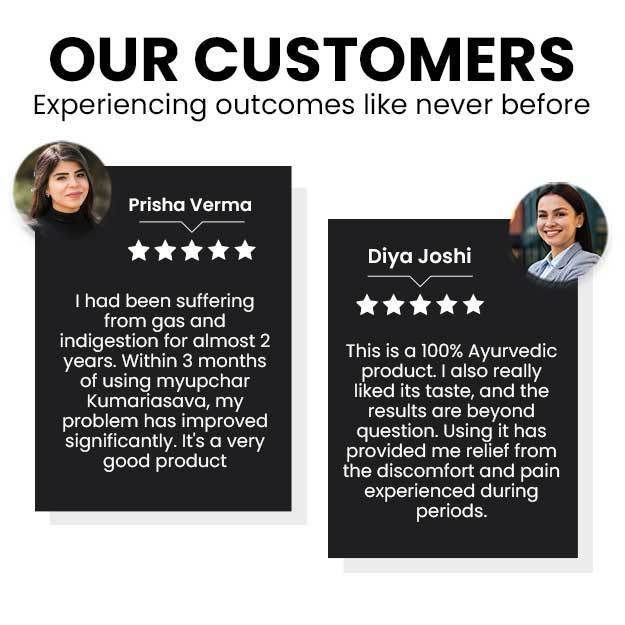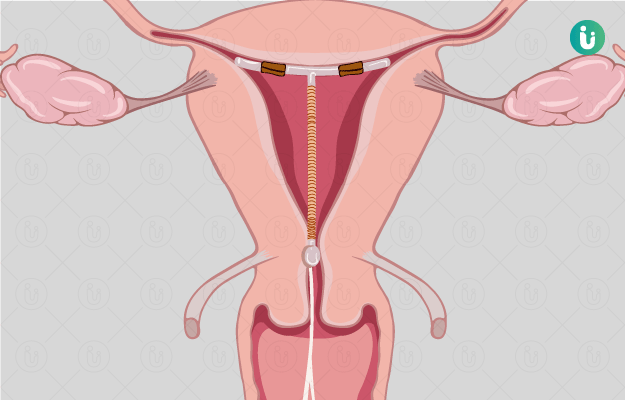The baby is born through normal or cesarean delivery. Whenever a woman experiences labor pain, the first thing doctors try to do is to have a normal delivery. If any complication is seen during that time, the doctor may decide to perform a cesarean delivery. Apart from these, another procedure is vacuum assisted delivery. In this, the baby is pulled out of the birth canal with the help of a vacuum plastic cup. When the baby is unable to come out on its own during normal delivery, then vacuum assisted delivery is used. While this process has some advantages, there are also disadvantages.In this article you will learn about the advantages and disadvantages of vacuum assisted delivery -
(Read more - Baby development in the first month after birth)

